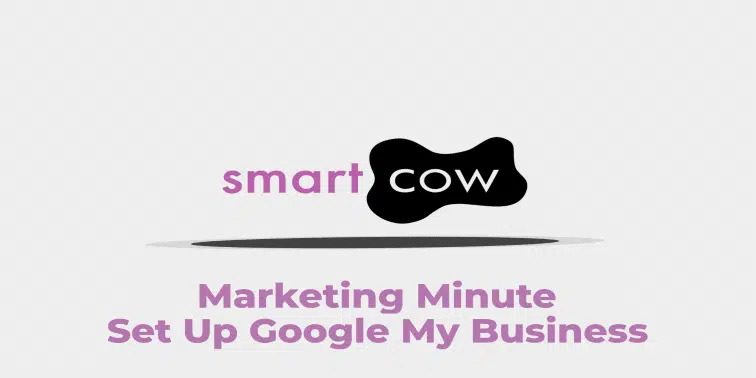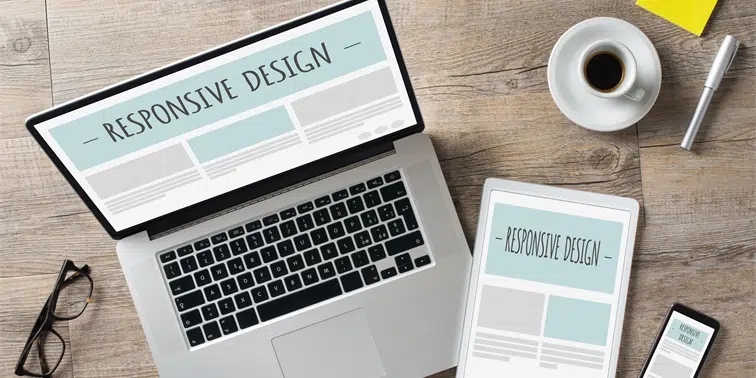With the second lockdown in place across England, now is an ideal time to review your website for necessary updates to help potential customers navigate it easily and remind people of your any new services.
We find that most of our clients looking for web design and development already have a website but it’s somewhat out of date, perhaps on an old WordPress website version that could do with some new plugins or complete overhaul. With that in mind, we thought we’d run through the key steps to website design and development so that you know what to ask for from your developer. Even if you are just refreshing your website it will provide you with important tips to consider.
1. Website purpose
Before you embark on creating your website you need to have its main purpose at the back of your mind so that the website can be developed to your requirements and business goals.
Do you just want a brochure website with an overview of services or do you need e-commerce functionality for people to purchase products? Either way, know what you want from the outset to prevent any additional costs at later stages to add functionality.
If you haven’t already established your target audience then now is a good time as this could greatly impact the look and feel of your website. Follow our tips to create an online persona for your business.
2. CMS website
We tend to design websites on a Content Managed System (CMS). This gives you, the business owner, the ability to update content yourself once the website is created.
3. Security
Ensure you have established security at early stages include an SSL certificate as well as an updated privacy policy. A captcha is another security measure to determine whether users are human which you can add to forms or logins. Captcha helps to prevent bots from accessing these areas.
4. Develop your sitemap
Work with your web developer to create a sitemap. Sometimes a suggested map can be included in a proposal if you have already had in depth discussions. However, once you instruct a developer to create your website then the site map will be the first task to agree as the whole structure of the website will be based on this. Your web developer can offer advice on making your website easy to navigate which helps with Search Engine Optimisation (SEO).
5. Website design
If you’ve followed step one of this process then you will already have established your website purpose. This needs to be communicated with your web designer along with providing an understanding of your company values and branding. This helps a web designer to get a good understanding of your business. Allowing them to create a mock design for you – usually a wire frame. This allows you to see the homepage and perhaps one or two core pages so you can understand how the other pages will look too.
6. Content marketing
It’s not called a Content Managed System (CMS) for the fun of it. Your website needs content. You will need to establish up front with your web designer what content you already have, whether you need content edited or written from scratch. This can impact on the overall cost. Usually content is transferred from the old website or provided. If you need help with this, then make sure you get a quote initially for content including imagery so that you are aware of any additional costs.
7. SEO
Check with your developer that the website will be optimised and mobile friendly. SEO includes activity such as completing the meta descriptions. alt tags and H1 headings.
As SEO is a long-term strategy, you will need to keep up with adding fresh content to your website with keywords to help it rise in search engine rankings.
Just because you will have a new website, you still need to provide signposts to it to help people searching for services to find you. These include adding links into social posts, completing your Google My Business page, communicating with customers via email with website links. This all adds to your awareness. So, if your website is new you might want to consider a PPC campaign to give it a boost in search engine results pages (SERPS).
8. Review your website
You usually get a couple rounds of amends included in a web design quote. So, make sure you spend time reviewing it and flagging anything you think needs amending. Once you approve your website then you may find that any other changes cost money. It all depends what agreement you have in place, so check this up front.
9. Ongoing, maintenance and backups
Once everything is approved and your web developer has tested the functionality then you can go live.
When you get a quote for your website ask about ongoing costs for hosting and technical support. Most web developers will include a fee for weekly backups and updates to plugins. However, you may feel you want more support. So ask what is offered, whether that’s onsite SEO, blog writing or a complete digital marketing package.
Website design Croydon
Remember that the website is the centre of your digital world. Anything you share on social media, through email marketing or in a Pay Per Click (PPC) campaign should all link back to your website. Therefore, all digital marketing activity should have a consistent look and feel to help brand awareness and encourage loyalty.
We are a web design company in Croydon. Out digital marketing services include creating bespoke websites for accountants and other businesses, SEO, link building, social media marketing and PPC.
Read more about our web design services and get in touch for a consultation or a free website review.



